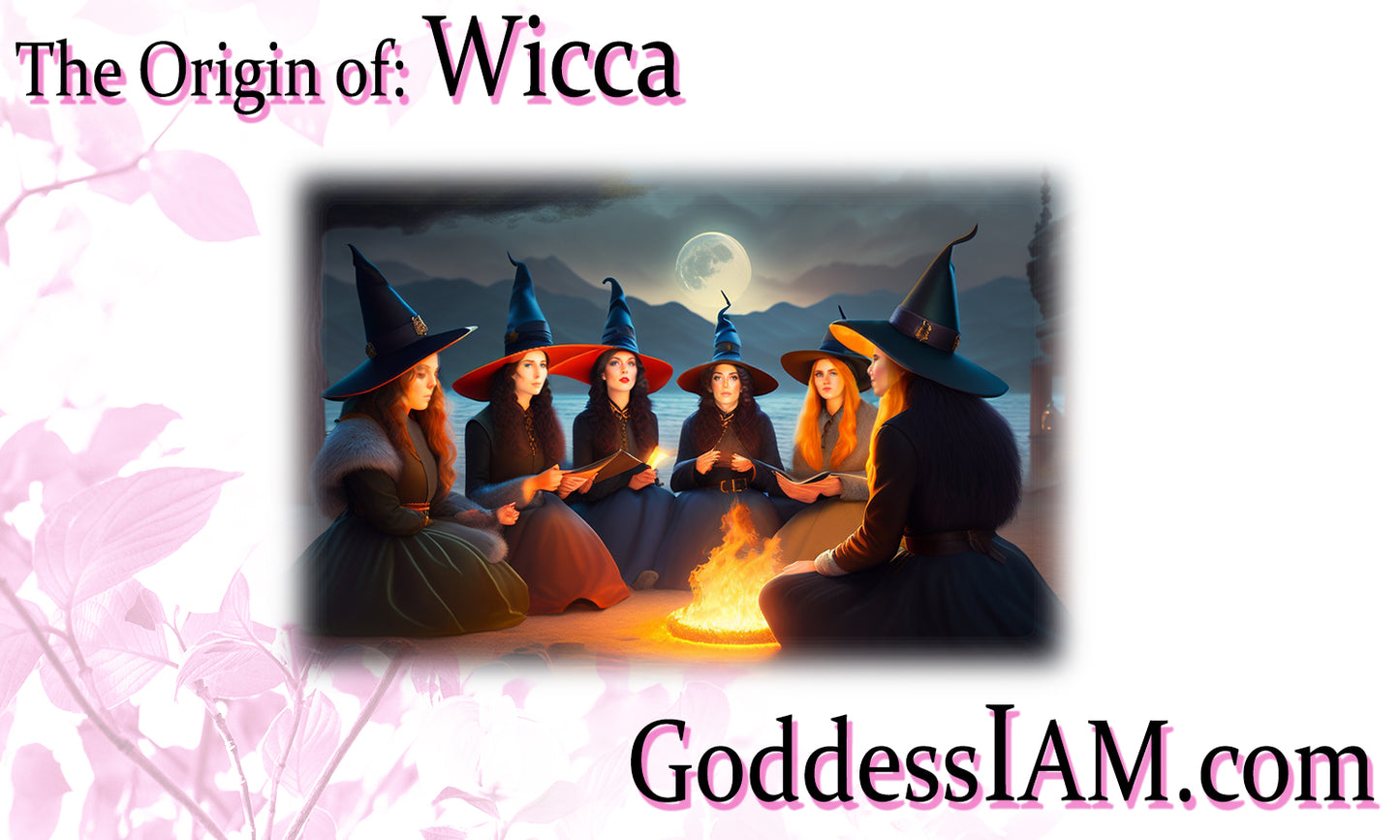
Wicca, a modern pagan religious movement, has gained widespread recognition and fascination in recent decades. Rooted in ancient pagan practices, Wicca emerged as a distinct spiritual path in the mid-20th century. Let's embark on a journey to explore the origins and development of this nature-based religion.
Ancient Pagan Roots: Wicca draws inspiration from pre-Christian pagan traditions that honored nature, worshipped deities, and celebrated the cycles of the seasons. The reverence for the Earth, the belief in the interconnectedness of all things, and the practice of magic are key elements that trace back to ancient cultures, such as the Celtic, Norse, and Greco-Roman civilizations.
Gerald Gardner and the Birth of Wicca: The modern revival of witchcraft and the emergence of Wicca can be attributed to the work of Gerald Gardner. In the 1950s, Gardner, an English occultist, introduced Wicca to the public. Drawing from his experiences, rituals, and beliefs, Gardner created a cohesive system that blended elements of ancient paganism, ceremonial magic, and folklore.
The Book of Shadows: Gardner's "Book of Shadows" became a cornerstone of Wiccan practice. This collection of rituals, spells, and magical lore provided a framework for Wiccan ceremonies and personal spiritual exploration. The Book of Shadows was passed down through initiatory lineages, allowing for the preservation and evolution of Wiccan practices.
Influences and Gardnerian Tradition: Gardner was influenced by various sources, including ceremonial magic, Freemasonry, and folklore. The Gardnerian tradition, the first Wiccan tradition, emphasizes secrecy, ritual initiation, and the veneration of a Horned God and a Triple Goddess. Gardnerian Wicca formed the foundation for subsequent Wiccan traditions that emerged over time.
Alexandrian Tradition and Expansions: Alex Sanders, a British witch and occultist, played a significant role in expanding Wiccan practices. Drawing from Gardnerian Wicca, Sanders developed the Alexandrian tradition, which incorporated ceremonial magic and emphasized the polarity of male and female energies. These new branches, along with other offshoots like Dianic Wicca, offered diverse expressions of Wiccan spirituality.
Influence of Feminism and the New Age Movement: Wicca experienced a surge in popularity during the 1960s and 1970s, influenced by the feminist movement and the broader New Age spiritual movement. Many women were drawn to Wicca's celebration of the divine feminine and its inclusive, egalitarian structure. Wicca offered a space for reclaiming personal power, honoring women's spirituality, and fostering a connection with the Earth.
Modern Wicca: In contemporary times, Wicca continues to evolve and adapt to the changing needs and perspectives of its practitioners. There is no central authority or governing body in Wicca, allowing for individual autonomy and the creation of diverse traditions and paths within the broader Wiccan framework.
Core Beliefs and Practices: Wiccans hold a deep reverence for nature and believe in the existence of a divine, immanent presence manifesting in both masculine and feminine aspects. They celebrate the Wheel of the Year, marking the solstices, equinoxes, and other seasonal festivals. Rituals, spellcraft, and the practice of magic are integral to Wiccan spiritual expression, often guided by ethical principles like the Wiccan Rede.
Embracing Diversity and Harmony: Wicca, as a nature-based religion, embraces diversity and encourages personal exploration and spiritual growth. Its inclusive ethos respects individual paths, sexual orientations, and gender identities.
